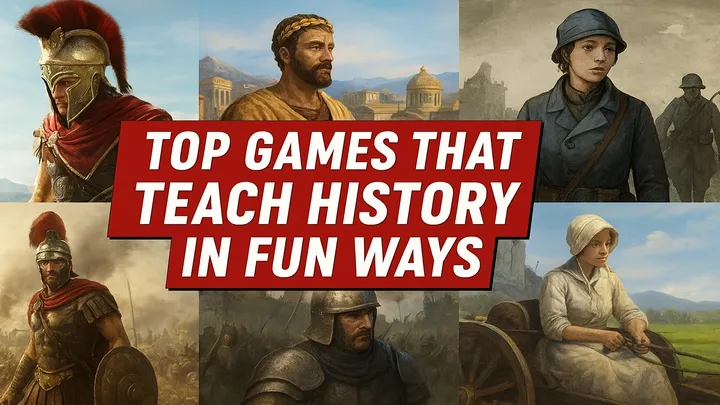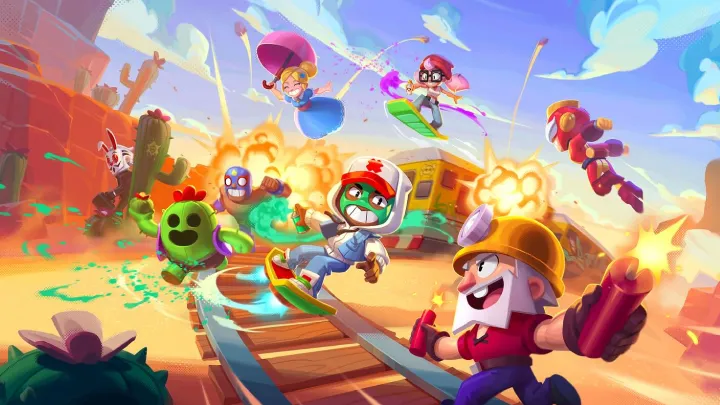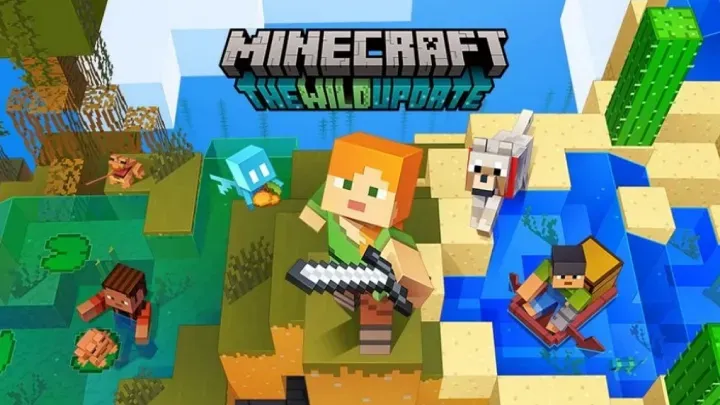Introduction
Gorilla Tag is not just another VR social game. It is a physical test of reflexes, stamina, and creativity, demanding players to run, climb, and swing with their arms as digital gorillas in chaotic tag battles. The game looks playful on the surface, but the deeper players dive in, the more they realize that movement mastery is the core struggle. Unlike traditional VR games where thumbsticks dominate navigation, Gorilla Tag forces players to use their body as the controller. This makes mastering movement both the greatest barrier and the most rewarding achievement.
In this article, we will dive deeply into the issue of movement mastery in Gorilla Tag, exploring the stages players go through over time, from the awkward first steps to advanced techniques like wall climbing and branch swinging. By following the timeline of skill development, we can see why movement is both the game’s biggest challenge and its most thrilling achievement.
The First Steps – Learning to Walk Like a Gorilla
Every new player begins Gorilla Tag with confusion. The tutorial is simple, but the mechanics are unnatural at first. You must push the ground beneath you with your arms to move forward.
For most beginners, this feels awkward and exhausting. Players slam their hands too hard, move unevenly, or struggle to find rhythm. The simplicity of “push to move” quickly reveals how complex locomotion really is when tied to physical motion.
First Hour – The Struggle of Control
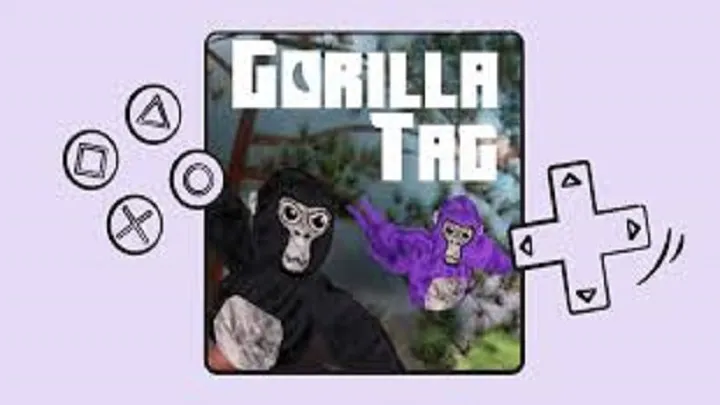
Within the first hour, most players manage to stumble around the map, but precision remains elusive. Tagging opponents feels impossible because others already move with speed and agility.
Common early struggles include:
- Overexerting arms, leading to quick fatigue
- Misjudging jumps and constantly falling
- Difficulty keeping up with faster opponents
This stage defines the first big skill gap: new players see how much movement mastery matters and either commit to learning or give up.
Day One – Small Victories
By the end of the first day, players usually achieve their first satisfying moments. A successful tag, a clean climb up a tree, or a surprisingly fast chase creates excitement.
These small victories act as motivation. Players start to understand that skillful movement is not about strength but about rhythm, efficiency, and controlled arm swings.
Week One – Learning the Basics of Advanced Movement
After a week of consistent play, most players experiment with climbing, wall bouncing, and branch movement. Though failures are frequent, muscle memory starts to build.
Skills emerging at this stage include:
- Tree climbing by alternating arm pushes
- Wall bouncing to change momentum
- Basic branching, though still awkward
The difference between casual players and dedicated learners begins to show here. Those who practice daily rapidly accelerate in skill.
Week Two – The First Taste of Flow
Around the second week, dedicated players experience “flow state” moments. Movement starts to feel natural, with continuous momentum across obstacles.
These sessions deliver some of the most thrilling emotions in Gorilla Tag. For the first time, players feel like agile primates gliding across the map. However, this also introduces frustration: flow breaks down easily with one bad move, forcing players to reset.
Month One – The Wall of Frustration
At around a month, many players hit the “wall.” They can move decently but fail to replicate advanced maneuvers seen from skilled streamers or veterans. Wall climbing and precise branch swings remain inconsistent.
Reasons for hitting the wall include:
- Physical limitations such as arm stamina and speed
- Lack of proper technique knowledge
- Comparing oneself to high-skill players
This stage causes some to quit, but others push forward, searching for guides, practicing techniques, and refining their physical control.
Month Two – Mastery of Walls and Branches
After prolonged effort, players begin conquering wall climbing and branching. These are the two most iconic and difficult Gorilla Tag skills.
Wall climbing requires alternating arm pushes at the perfect angle, using rhythm more than raw force. Once learned, it opens up vertical strategies.
Branching transforms the game into 3D chess. Skilled players leap from branch to branch, creating unpredictable movement paths that confuse opponents. Both skills are exhausting to learn but deeply rewarding, separating veterans from casuals.
Midgame Mastery – The Competitive Edge
By this point, movement mastery becomes the decisive factor in Gorilla Tag matches. Tags are won not through luck but through advanced mobility and positioning.
Competitive advantages of mastery include:
- Ability to escape nearly any chase
- Surprise attacks using vertical angles
- Efficient stamina use for longer sessions
The game evolves into a battle of movement creativity, where improvisation and reflexes determine outcomes.
Emotional Highs and Lows – Movement as Identity
The emotional rollercoaster tied to movement defines the Gorilla Tag experience. A failed climb feels humiliating, while a perfect branch escape feels euphoric.
Movement mastery becomes an identity marker. Players are recognized and respected based on their ability to navigate maps, not just how often they win.
Future of Movement – Community and Developers
The issue of movement mastery extends into the game’s community and future updates. Some players argue for accessibility options to make movement easier, while purists believe difficulty is the soul of Gorilla Tag.
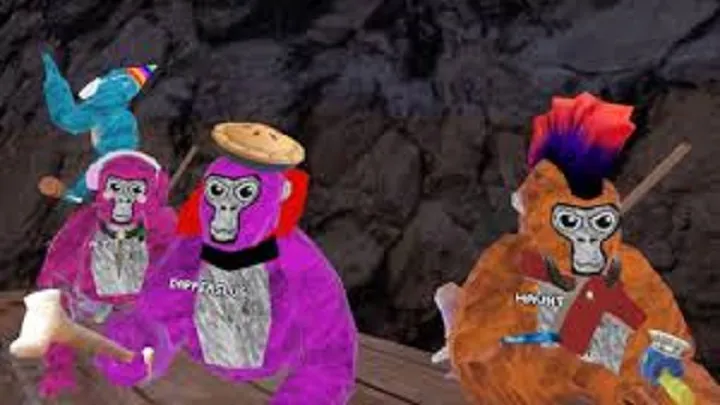
Possible improvements could include:
- Training maps for specific skills
- Visual guides for rhythm practice
- Optional accessibility settings for younger or disabled players
How developers balance challenge with inclusivity will shape the game’s long-term success.
Conclusion
Movement mastery is the single most defining and difficult issue in Gorilla Tag. From the awkward first pushes to advanced wall climbing and branching, every stage of skill development is a mix of frustration and exhilaration. The journey is not only physical but emotional, with players tying their identity to their mobility. In the end, Gorilla Tag’s true power lies in this mastery: turning clumsy newcomers into graceful digital gorillas who dominate the VR jungle.











